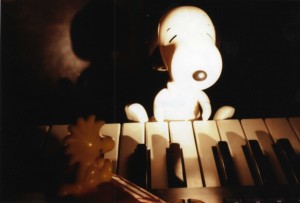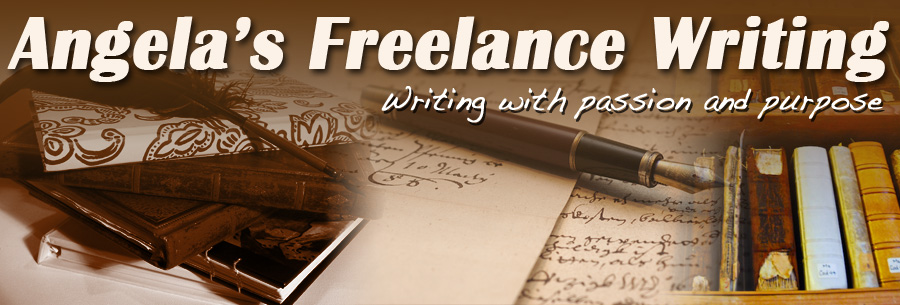 When you set about the daunting task of writing a novel, your main task is to plot it in such a way that people will want to read it. And by plotting I mean writing a series of events from beginning to end in a logical manner. In order to do this you may use the first tried and true method, which is,
When you set about the daunting task of writing a novel, your main task is to plot it in such a way that people will want to read it. And by plotting I mean writing a series of events from beginning to end in a logical manner. In order to do this you may use the first tried and true method, which is,
Sit and write, stand and write, kneel and write, whichever works best for you. And you begin your novel, It was a dark and stormy night. This didn’t work for Snoopy and it might not work for you either. So how do you plot your novel? Here are some plotting methods I’ve come across in books.
1. Write down some background information. This may include notes about your characters and what makes them tick. Next, you put your characters in a place or several places, which will be your setting, then you give your main character a problem. How he/she solves (or does not solve) that problem will be your plot.
2. Using an outline. Some authors swear by this. You start with a problem for your main character, then you write a chapter outline of the plot. This is okay, but I have found that I can never stick to an outline. My characters tend to pull me away from it in more interesting avenues, which I can’t resist.
3. Use 3 x 5 cards. If you can still find these in your office supply store, they might be more helpful than the outline. Here’s why. After you have written your plot points on the cards, you can always move them around to see where they fit best, or discard those that do not work. Maybe it’s better if Sally tells Johnny she is divorced after they have gone on their first date instead of before. So you move that card to where you want the event to occur.
4. Draw a bell curve or a graph. Either of these will give you a visual representation of where the climax of your story comes. To do this, use the points you plotted on 3 x 5 cards or in the outline. Again, I find the cards are easier to play around with. Draw your curve and plot the salient points on your curve in the order in which they appear. Hopefully, the high point of your novel or the climax will fall in, or near, the middle of the curve. If it doesn’t, you may have to do some restructuring. The reason for this is, if the climax comes too early, the resolution tends to drag and the reader may lose interest. If it comes too late, the resolution may seem rushed and the reader may feel cheated.
The important thing to remember is, there is no hard and fast rule for writing or plotting your novel. You may ignore everything that was said here and simply sit at your computer like Snoopy and type. However, if you think you need a little bit of planning before you delve into the literary waters, then play with some of the methods above. If you find one, or a combination, that works for you, go for it.






